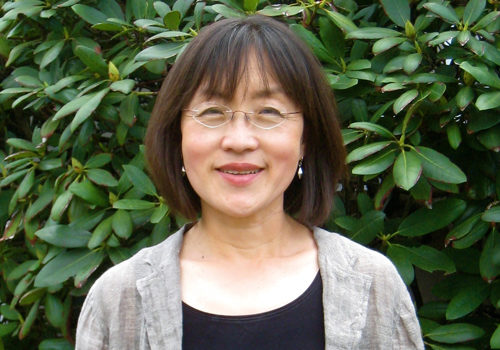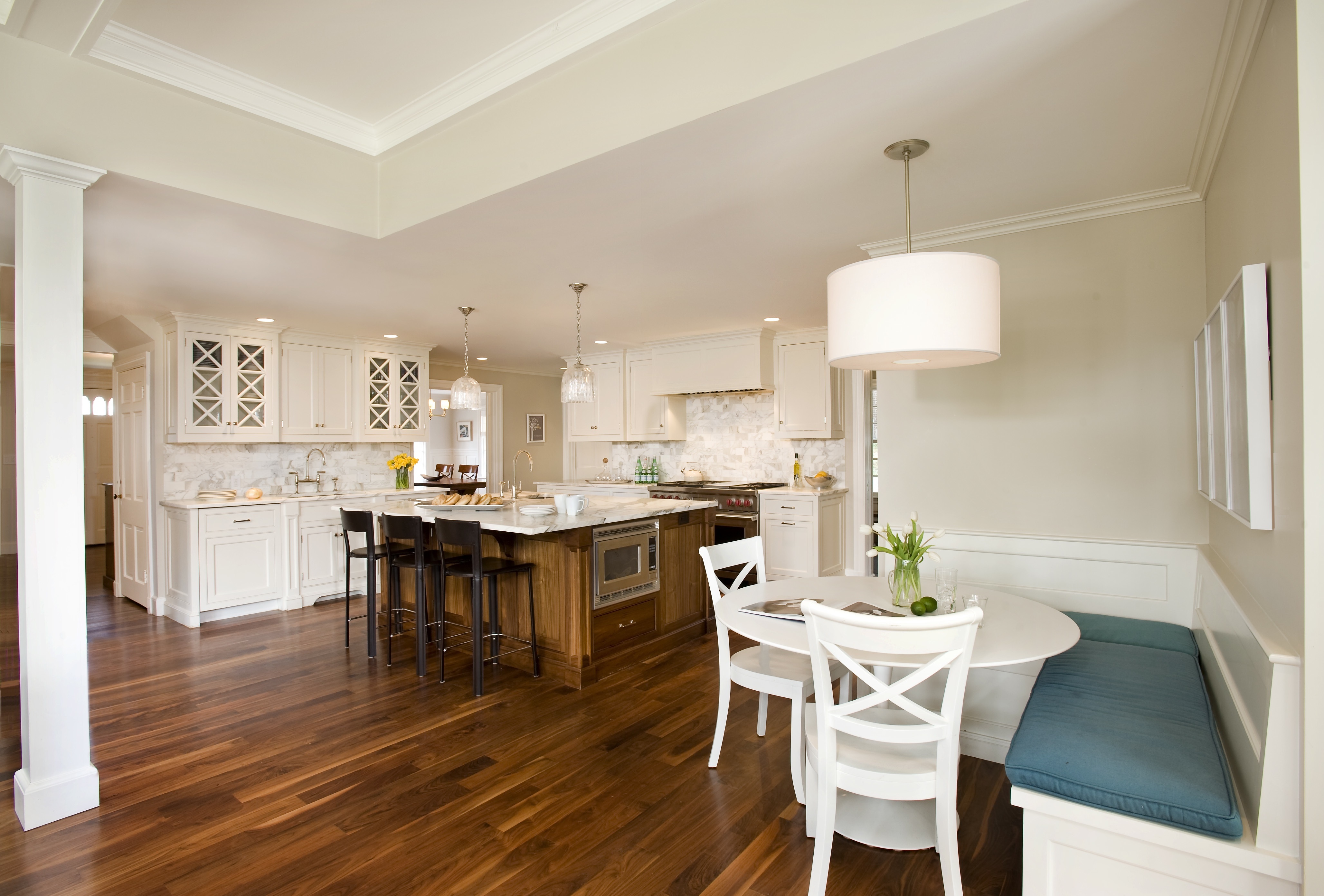Chris Chu AIA

Name: Chris Chu AIA
Degree(s): MArch, Rice University; BA (Mathematics), Pomona College
Professional focus: Residential design
What are you working on now?
I seem to be specializing in 1892/1893 Victorian renovations at the moment, with a couple in the 1870s range. Most of my work involves creating better light, views, and connections in existing houses; creating modern spaces for living but maintaining the historical integrity of the house; creating good indoor/outdoor connections and outdoor spaces as well as efficient design. My This Old House project was on the Historic Newton house tour last spring. It is a good example of my work, especially creating lines of sight throughout the house. A small house can feel huge if natural light is maximized by aligning openings and windows everywhere. I also write the Ask the Architect column in the Boston Sunday Globe, and I wrote one recently about this topic.
How do you explain to your mom what you do for a living?
It’s pretty easy—everyone lives in a home of some sort! People often say: “Gee, I always wanted to be an architect, but I wasn’t good at math.” I, sheepishly, admit to majoring in math in college but now don’t know the first thing about calculus! However, having a foundation of math gave me the confidence as an architect to know that I can solve problems rationally and efficiently. I grew up knowing nothing about architecture or architects, yet I was always artistic and especially loved ceramics and 3-D art. When I graduated from college, knowing that I was not really either a mathematician or a musician (I almost majored in music as well), I started looking for a field where [in which] I could employ a wide range of skills and interests. I applied to one architecture school (Rice University, because my parents had moved to Houston from LA when I was in college) and thought “If they take me, I’ll go; if not, I’ll try something else.” Now I love what I do!

Family room addition at Chris Chu's own home.
Where did you find your inspiration today?
I found my inspiration today from my garden. I have a life-long appreciation of flowers—their shapes, forms, colors—that started when I was a child in Taiwan. My playthings were not plastic toys. I remember vividly playing with the flowers, stripping banana leaves and weaving them to make things, catching dragonflies by the pond by day and fireflies in the early evening.
What’s your favorite structure in Massachusetts?
In Massachusetts, the building that pops into my head as being an example of wonderful architectural design is Temple Beth Elohim in Wellesley by William Rawn Associates, Architects. As a member of the BSA’s MetroWest Network (I was co-chair the last three years), I was able to get a tour of the building and found that it just works in every respect—from the entry experience to the courtyard with the bosk of trees. The interaction between the students and the general public is ingrained in the architecture. It brings in natural light, is flexible in its use, and my appreciation could go on and on.

Colonial with mudroom/kitchen/family room renovation; of note is the line of sight going through to the street beyond.
When you’re working, do you discuss or exchange ideas with your colleagues?
I enjoy working with my clients one-on-one (or two-on-one, with a couple, and sometimes even a whole family-on-one if there are also adult children involved).
Name your least favorite college class.
Well, it was not in college but in graduate school, since I didn’t start studying architecture until then. It’s a toss-up between HVAC and the history of modern architecture, which was a class with a professor infamous for failing half the students. If you didn’t agree with him, you were doomed. I managed to survive the course, but I did not like his approach.

Victorian renovation and two-story addition, forming a new courtyard.
Do you sketch by hand or digitally?
I definitely sketch by hand! I do overlays on photos of existing spaces and can quickly produce a vision of what it could be. My clients really respond to that. I can draw it right in front of them.
Has your career taken you anywhere you didn’t expect?
I had no reason to move to the Boston area 30 years ago, but I had wanted to live somewhere that was more urban, more European. My semester abroad in France during college inspired me to want to live in a more walkable city environment. I chose Boston because I love the density, the fabric of the city, the natural beauty of the geology, the proximity to the ocean or mountains, [its history], and the fact that a river runs through it. I moved up here thinking I would do architecture by day but become an artist at night. My short-lived foray into jewelry design ended when I took a class in jewelry design at Mass. College of Art at night, and I realized how much work there was to produce one small metal thing! Also, I realized that being in the Boston area as an architect really was what I wanted and needed. I landed in the Boston area with only two acquaintances. I found a job at Woo and Williams Architects (now long defunct) and really enjoyed the work of an architect. I loved the camaraderie. I loved the feeling that I could contribute to good design.

Kitchen renovation/family room addition with breakfast nook.
Who or what deserves credit for your success?
I would say my father and my mother. I inherited from him my wide-ranging interests and abilities. He was a chemical engineer who was always an artist at heart. He learned five languages. He was well educated in classical music. From my mother, I have learned to never give up, go the distance. My clients appreciate that I go the distance for them.
What famous structure represents you best?
Well, I don’t know if this represents me, but the first time I understood what it meant for architecture to be great was when I saw the Kimbell Art Museum by Louis Kahn. It has it all: The natural light, the understated architecture that doesn’t scream “look at me” but instead invites visitors to enjoy its space and function, both indoors and out.
Where’s the field of architecture headed?
I don’t know about the whole field, but I am glad to see so many women in the profession; though, generally speaking, I would love to see even more.
If you could give the you-of-10-years-ago advice, what would it be?
This is a good question. I would say, “Enjoy all your interests. Everything will come together.”
What do you hope your legacy will be?
I hope that every home I’ve helped improve or create will bring lasting enjoyment for whomever inherits it.

